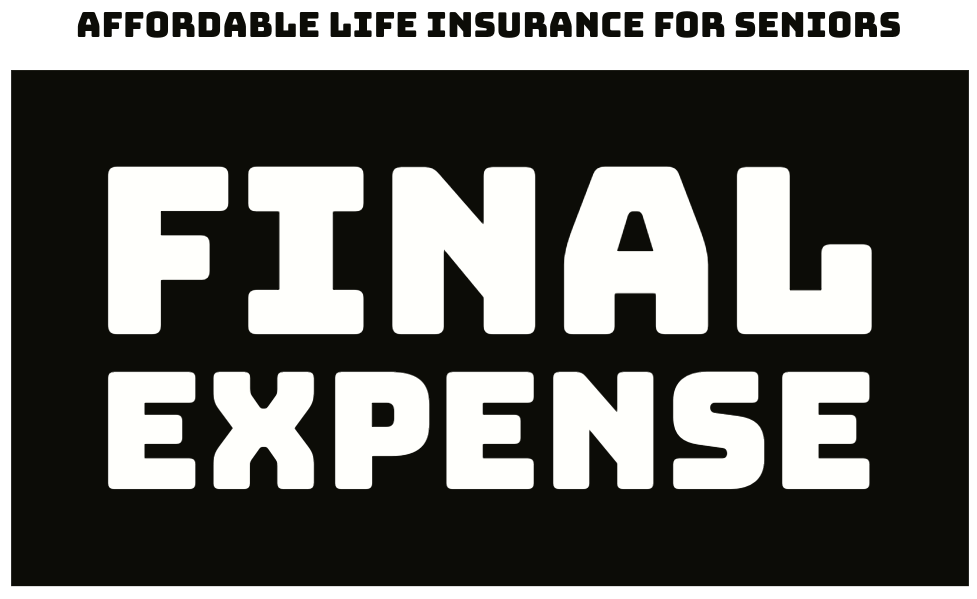Life insurance dividends are payments made by insurance companies to policyholders. Typically associated with whole life insurance policies, these dividends can provide significant financial benefits. But how do they work, and what advantages do they offer? This article will explore the intricacies of dividends life insurance, helping you maximize its potential benefits.
Key Takeaways
-
Life insurance dividends are a return of premium overpayments, typically exempt from income tax, and are available to policyholders of participating whole life policies.
-
Dividends are not guaranteed and may fluctuate based on the insurer’s financial performance, although guaranteed values such as death benefits remain unaffected.
-
Policyholders can utilize dividends flexibly, opting for cash, premium reduction, or purchasing additional insurance, enhancing both coverage and cash value over time.
Understanding Life Insurance Dividends
Life insurance dividends are essentially a return of a portion of the premiums paid by policyholders. The IRS considers these dividends as overpayments, which is why they are generally exempt from income tax. These dividends are typically offered by participating life insurance contracts, particularly whole life insurance policies.
Dividend-paying whole life insurance policies are designed with the potential to pay dividends based on the financial performance of the insurance company. These life policy holders can share in the insurer’s profits, potentially increasing both cash value and overall whole life insurance policy value. Sharing in the financial success of the insurance company is a significant advantage of dividend-paying policies.
Moreover, life insurance dividends can enhance the policy’s value in several ways. They can reduce the net cost of the policy over time, provide opportunities to grow wealth in a tax-advantaged manner, and increase the overall coverage and benefits offered to policyholders. Grasping how life insurance dividends work is key to maximizing their benefits.
How Are Life Insurance Dividends Calculated?
Life insurance dividends are influenced by several factors, primarily the overall financial performance of the insurer. Investment earnings from the insurer’s portfolio, which often includes stocks and bonds, play a significant role in determining the size of the life insurance dividend distributed to policyholders. Favorable mortality rates, where actual claims are lower than anticipated, can also lead to increased dividends.
Effective management of the insurance company’s expenses and operations further enhances profitability, thereby impacting dividend payouts. The combination of these factors determines the actual dividend amount that policyholders receive. Being aware of these elements helps policyholders make informed decisions regarding their life insurance and future dividends.
Are Life Insurance Dividends Guaranteed?
While life insurance dividends can be a significant benefit, it’s important to understand that they are not guaranteed. Dividends from participating life insurance policies can fluctuate based on the company’s profits and claims experience. This variability means that dividend payments can change from year to year, depending on the insurer’s financial performance.
However, it’s crucial to note that certain guaranteed values in a life insurance policy, such as death benefits and guaranteed cash value, remain unaffected by dividends. Mutual insurance companies, like Prudential, do not guarantee future dividends, emphasizing the importance of considering both guaranteed cash and non guaranteed dividends aspects when evaluating a life insurance policy.
Dividend Payment Options for Life Insurance Policies
One of the key advantages of life insurance dividends is the flexibility in how they can be utilized. Policyholders can opt to receive their dividends in cash, which is typically provided shortly before the policy anniversary. This option offers immediate liquidity and can be used for various personal financial needs.
Alternatively, dividends paid can be used to reduce the out-of-pocket amount of premium payments, effectively lowering what the policyholder owes at the time of billing. For those looking to enhance their coverage, dividends can be used to purchase paid-up additional insurance, which increases both the policy’s coverage and cash value without requiring further proof of insurability. Additionally, policyholders may choose to pay premiums using dividends to further optimize their financial strategy.
Long-standing policies often generate sufficient annual dividends to cover annual premium payments entirely, allowing policyholders to cease out-of-pocket premium contributions. Additionally, policyholders can choose to earn dividends and accumulate them at interest, providing flexibility for future premiums withdrawals without impacting guaranteed values. These options enable policyholders to align their dividend scale strategy with their financial strategy goals, including the management of policy’s cash.
Tax Implications of Life Insurance Dividends
Life insurance dividends are generally considered a return of excess premiums paid and are usually exempt from income tax by the IRS. This means that whole life dividends are typically not counted as taxable income for policyholders. However, there are certain circumstances where life insurance dividends taxable may become taxable.
If a life insurance policy is classified as a modified endowment contract (MEC), or if dividends exceed the total premiums paid, they may be subject to tax. Additionally, to earn interest on accumulated dividends can lead to tax obligations if it surpasses the amount paid in premiums.
Recognizing these tax implications is vital for managing life insurance dividends effectively and avoiding unexpected income tax liability.
Using Dividends to Enhance Your Life Insurance Policy

Reinvesting dividends can greatly boost the cash value of a life insurance policy. It can also increase the death benefit associated with the policy. Opting to accumulate dividends with interest provides flexibility for future withdrawals without affecting the guaranteed values of the policy. This strategy allows the cash value to grow over time, providing a robust financial foundation.
One effective strategy involves using dividends to purchase paid-up additional insurance. This not only increases the policy’s cash value but also enhances the total death benefit without requiring further premiums or underwriting. This approach can be particularly beneficial as policyholders age, ensuring continued coverage and financial growth.
Dividends can also be used to reduce future premium payments, allowing policyholders to manage their cash flow more effectively. Additionally, using dividends to pay off policy loans can maximize the policy’s cash value and improve future dividend potential. Understanding and utilizing these strategies can significantly enhance the value of a life insurance policy.
The Role of Mutual Companies in Paying Dividends
Mutual insurance companies play a crucial role in paying dividends to policyholders. Unlike stock companies that prioritize shareholders, mutual companies operate with the primary goal of benefiting their policyholders. The principle behind mutual insurance companies is to return excess premiums to policyholders through dividends.
Policyholders are entitled to receive dividends based on the surplus generated by the life insurance company after covering its losses and expenses. This ability to pay dividends reflects the insurer’s financial performance and financial stability of the insurance coverage company over time, making mutual companies an attractive option for life policyowners seeking dividend-paying life insurance policies.
Comparing Whole Life Insurance Dividends Across Companies
Comparing whole life insurance dividends across companies requires understanding that each mutual insurance company uses a different method to calculate dividends. Each company’s dividend formula and crediting methodology differ, leading to varied dividend rates. Reviewing historical performance data of insurance companies is recommended to assess how dividend rates compare.
The dividend rates of mutual insurance companies can differ significantly, with some consistently offering higher rates than others. Working with a financial professional can provide valuable insights when evaluating mutual companies’ dividend performance. Individual companies have different rates and trends in their dividend payouts, emphasizing the need for a thorough comparative analysis.
Impact of Outstanding Loans on Life Insurance Dividends
Outstanding loans on a life insurance policy can influence the dividends a policy earns, depending on the policy type. When the policy loan interest rate exceeds the policy’s investment return, it leads to a reduction in dividends. Conversely, if the investment return on the policy outpaces the loan interest, dividends may be increased.
Dividends can be directed toward repaying any outstanding loan on the policy, helping to reduce loan payment. However, both the death benefit and cash value are diminished if there are outstanding loans on the policy. Recognizing the impact of outstanding loans is key to managing a life insurance policy effectively.
Changing Your Dividend Option
Policyholders have the flexibility to change their dividend payment option at any time. By providing written instructions to the insurance provider, policyholders can modify how they receive dividends, whether it’s in cash, premium reductions, or purchasing additional coverage. This flexibility allows for annual adjustments to align with changing financial goals and needs.
Case Studies: Real-Life Examples of Dividend Usage
Real-life examples illustrate the significant impact that life insurance dividends can have on financial growth. One client reported accumulating over $4 million in cash value by utilizing dividend options effectively. This impressive growth highlights the potential of reinvesting dividends back into the policy.
Another client significantly increased their policy’s cash value by choosing to reinvest dividends instead of taking them as cash. These case studies demonstrate how strategic use of dividends can lead to substantial financial benefits and enhanced life insurance policies.
Summary
Maximizing the benefits of life insurance dividends involves understanding their nature, how they are calculated, and the various options for receiving and using them. By leveraging dividends effectively, policyholders can enhance their policy’s cash value and death benefit, providing greater financial security.
Whether you’re new to life insurance or looking to optimize your existing policy, the insights provided in this guide can help you unlock the full potential of your life insurance dividends. Make informed decisions, explore your options, and take control of your financial future.
Frequently Asked Questions
Are life insurance dividends guaranteed?
Life insurance dividends are not guaranteed and can vary depending on the financial performance of the insurer and their claims experience. Therefore, it is important to consider this variable when purchasing a policy.
How are life insurance dividends calculated?
Life insurance dividends are calculated based on investment earnings, mortality rates, and the company’s expense management. These factors collectively determine the profitability of the insurance policy, affecting the dividend payout.
Are life insurance dividends taxable?
Life insurance dividends are typically not taxable; however, they can become taxable if they surpass the total premiums paid or if the policy is classified as a modified endowment contract.
Can I change my dividend payment option?
You can indeed change your dividend payment option by submitting written instructions to your insurance provider at any time.
How do outstanding loans affect life insurance dividends?
Outstanding loans diminish both the death benefit and cash value of a life insurance policy, which subsequently reduces the dividends received. It is essential to manage any loans against the policy to maintain optimal dividend levels.
